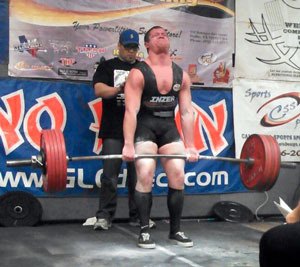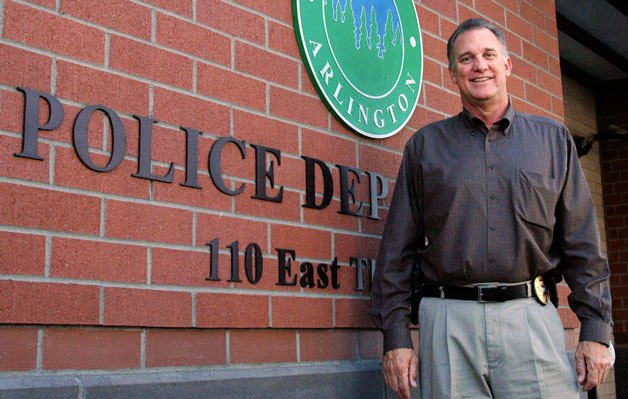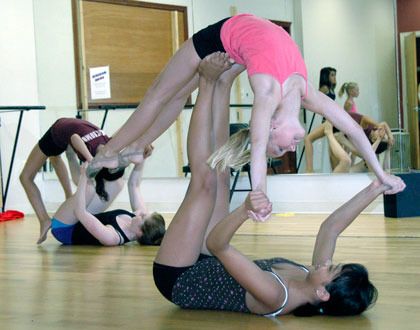ARLINGTON – After taking a self-guided tour of all things alternative energy, one item was more fascinating than the rest to Josh Moe.
Cow poop.
“I learned that manure can help us,” said Moe, a fourth-grader at Eagle Creek Elementary School, after exploring the “Energy Zone” exhibit.
How bovine waste is harnessed and turned into energy was part of one of a dozen environmental education activities offered to Eagle Creek students during EcoFest on Thursday, April 22.
The second annual celebration of Earth Day gave students a chance to learn about different aspects of the environment, from pollution to salmon protection.
“A lot of them have been making real world connections,” said Hillary McGuire, a parent volunteer and co-organizer of the event. “We just had one girl tell us that she knew it was only a scenario but it was also really fun.”
The all-day event was funded by two grants one from the Stillaguamish Tribe and another from the Snohomish County Public Utility District.
Because organizers only had the one grant from the Tribe last year, they focused mainly on salmon activities and how they are related to the environment.
But the addition of this year’s utility grant gave volunteers some more funding for solar power exhibits, EcoFest co-organizer Laura Denovan said.
One of those solar events gave students the opportunity to see how the sun can power vehicles.
Sun broke through the overcast skies Thursday just long enough for paraeducator Patti Dempsey to give a demonstration using miniature solar-powered vehicles.
The approximately 9-inch-long race cars came roaring to life as the sun came out, causing the first-grade students to jump and giggle with delight.
“They’re driving away,” one girl said as she chased down an escaping car.
Nearby, Snohomish Conservation District intern Danilo Rodriguez demonstrated to a group of fifth-graders how water pollution occurs.
Using a scale model that contains mountains, roads, water and farmland, Rodriguez had students use a spray bottle to squirt water near the top of the model to see where the water would end up.
The water, which simulated rainfall, streamed down the model watershed, collecting oil on its way down to the river.
“Would you guys want to swim in that?” Rodriguez asked the students. “This is just a small sample of what can happen in a watershed.”
Students also were able to get their hands dirty during a composting activity put on by volunteer Kimberly Stevenson.
Stevenson said she collected food scraps from Eagle Creek and put them into buckets. During her demonstration, she showed what types of materials can be composted and which could not, and let the students dump torn up news print and other items onto the pile.
Stevenson also gave children a quick rundown on how worms play into the process.
“It’s fun for the kids to know that it all came from on site,” Stevenson said. “Some of the shy ones think it’s gross, but a lot of them jump right in.”







